Features
Zorah Olivia on Using Photography to Reshape Representation of Female Skateboarders
By Guest Author - 7 min read
Whether it be Los Angeles, London or Texas, photographer Zorah Olivia is committed to telling the human stories behind the hype surrounding female skateboarders. In this guest feature, Zorah talks about how her experience has shaped her unique portfolio of authentic portraits and unbelievable action shots.
The change in the exposure of female skateboarding that we’ve seen has been like night and day. When I first started out in the industry, people were still battling to have equal contest prizes for women. Now, it’s as if everybody is interested in the female skate scene.
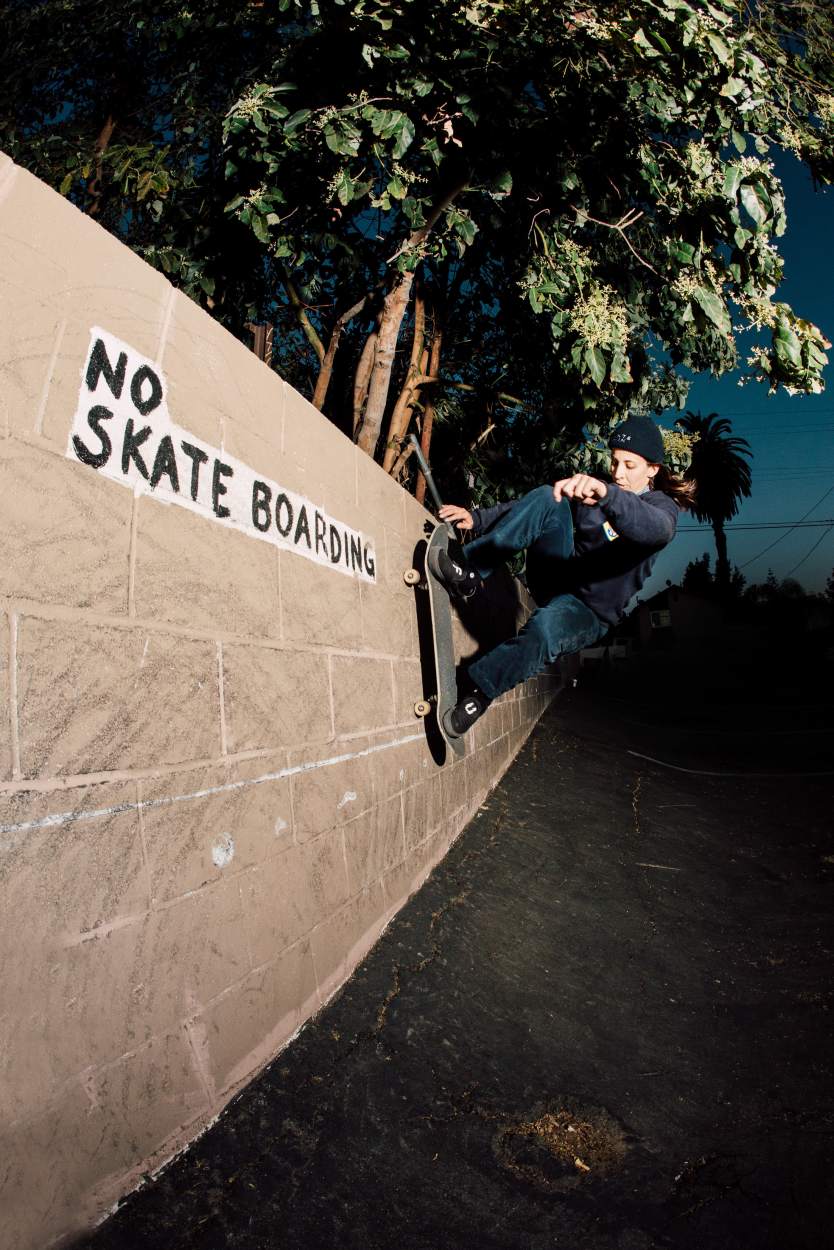
“I didn’t want it to be the last time I’d be around this community of women, and this was the motivation I needed to push myself”
When studying photography at college, I started to feel frustrated. I wanted to learn skills that I could take into the real world and sustain myself professionally. I always had this fire in me, and a feeling that there was something bigger out there.

I started reaching out to companies in the hope that I would relocate to Los Angeles. It was then that I came across Mahfia TV – an all-female, action sports media platform.
After a 45-minute phone conversation discussing female skateboarding, Mahfia TV founder Kim Woozy invited me to shoot X Games for ESPN in Texas. So, my professional photography went from zero to 100 in what felt like two seconds.

At that time, I was the only photographer out on the course with the female skaters. I couldn’t understand why the photographers who were documenting the male athletes weren’t interested in these women, all with amazing personalities and kicking ass on the course.
Covering both women’s street and park skateboarding was like a marathon. I wanted to capture images of all the 15 skaters using the course at the same time, and so I was certainly thrown into the deep end with action photography. I remember having to pinch myself. In those moments, I was standing where I had always wanted to be.
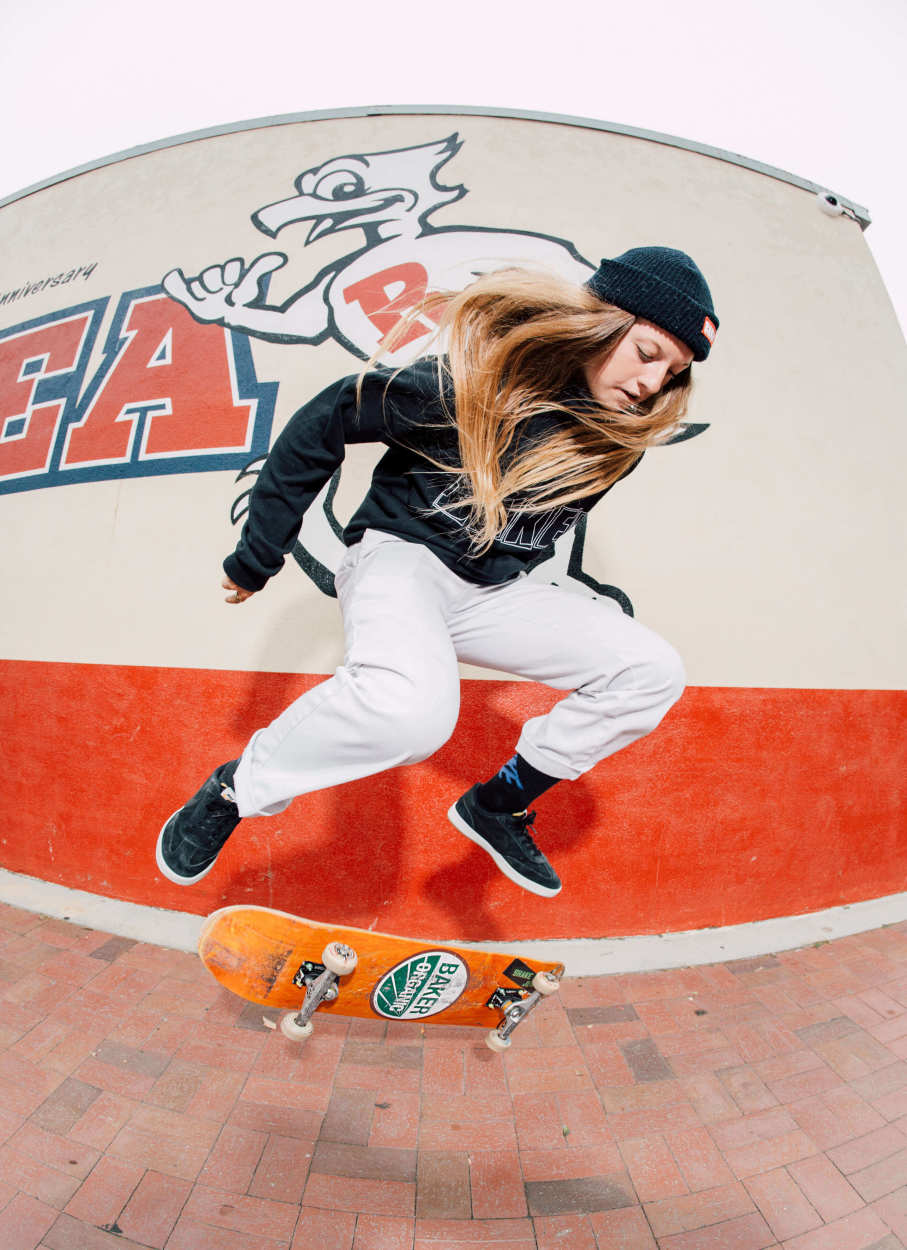
Previously, there hadn’t been a lot of exposure for the female competitors, as X Games hadn’t fully televised the women’s events, and so although I felt a lot of pressure, I also knew I was there for a reason. I didn’t want it to be the last time I’d be around this community of women, and this was the motivation I needed to push myself as a photographer and make it happen.
“In my heart, I know they’re going to land it and I’m there with them until they do.”


Now I work as a part-time gallery assistant for Subliminal Projects in Los Angeles. Being able to focus on something other than my photography is great, but I’m also inspired by the fact that I work directly under artist Shepard Fairey, who has become very influential on my work.
I don’t pay a whole lot of attention to the photography industry because I can begin to compare myself to others. Instead, I have two main influences on my work – Annie Leibovitz and Sally Mann.
My skate photography is based on self-discovery. I would get Thrasher Magazine as a kid and, without even realizing it, I was drawn to the photos. It was not that I wanted to recreate them, but I was so enamored by them.

Whenever I shoot portraits on my Hasselblad, the pictures are always meaningful. For me, it feels like I am freezing the moment that I remember with that particular person. When photographing my grandmother, we were sitting across from each other and she had a look on her face that showed she was really proud and happy to be there with me. I loved that, because after dealing with grief and loss in my life, having these photos means the most to me. It’s about having something to recall a moment with a person.
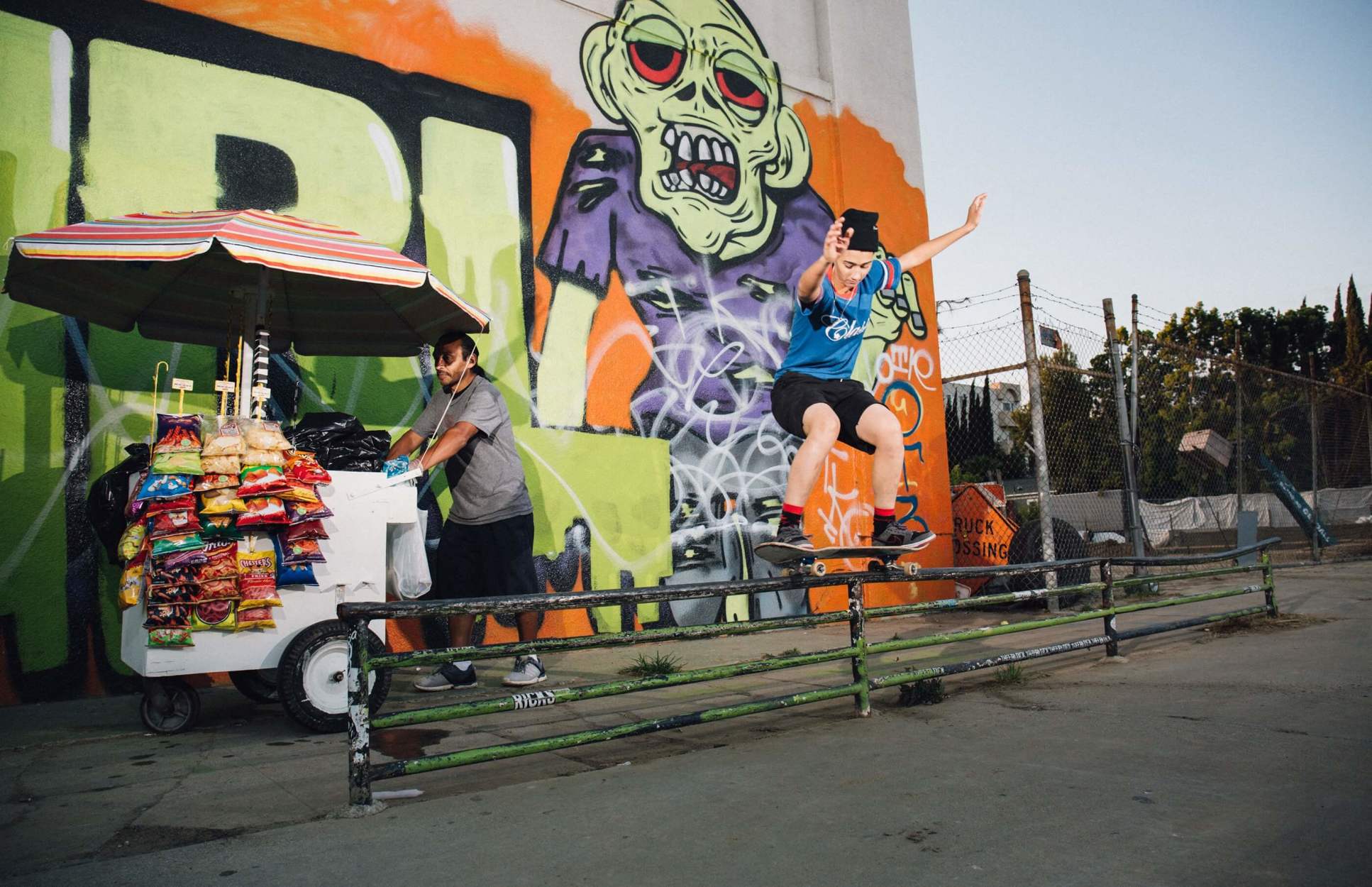
This blends into my skateboarding photography, too. Sometimes I could stay at a spot with the skater for hours and they would try the same trick over and over again. In my heart, I know they’re going to land it and I’m there with them until they do. It becomes a celebratory moment when I am able to share the final product with them, and that is the best moment of the creative process.
Unless it’s a commercial shoot, location is something that is always spontaneous for me. I like the excitement of making new things work. It’s about interacting with my subject in an organic way that allows the portraits to unfold on their own, and that’s what I love so much about it.

Every skater is different. Some have a specific location and a specific trick in mind, and in that case, it’s my job to go into that space with them and quickly figure out my angle and where I’m going to place my flashes. In this sense, it’s a collaboration between us.
“If I miss a trick, that’s on me.”
If, however, it’s a serious trick and they’re really focused, this partnership becomes an internal dialogue with myself. I have to ask myself, “How can I transform this spot into something that will look different than other skate photos that I’m seeing right now?” Using the elements that I have in a short amount of time is definitely the biggest creative challenge, but I love it because I’m never going to have a skate shot that’s the same.

Dave Mull is the skater who I shoot with most. Every time I go out with him, I learn the most about how to be as efficient as I can in a short amount of time. Dave lands his tricks quickly and so if I miss a trick, that’s on me. I am teaching myself to be more confident in my craft and know in my heart that I am going to get the shot.
When I can’t be right up next to my subject, it’s vital to utilize the urban environment. I first started shooting skaters using only natural light. However, when it came to shooting Dave, I had to learn how to incorporate flash. Dave will often shoot off roofs and buildings, and I had to figure out how to use the flash when he was far away from me and the camera.


With action photography, my digital kit is very minimal, but it’s efficient. I use my Canon 5D Mark III and three lenses – a 12mm fisheye, a 24-70mm and a 50mm. I also have two small strobes and one reflector. It’s important to have as much on me as possible without weighing me down, because I do have to hop fences and move quickly.
I owe a lot to female skateboarding because that was one of the main factors in getting noticed as quickly as I did. We are now seeing big companies start to take notice of female skaters and have their own photography teams. That’s why I took it into my own hands and recently documented the female skateboarding community in London.
“Taking it into my own hands was the best thing I could have done.”

Before my trip, I dug into my Instagram following and announced my upcoming trip, and I got so many messages. When I flew in and began this new experience, the incredible community of girls took me in under their wing, gave me a place to stay and took me to so many different skateparks across the city.
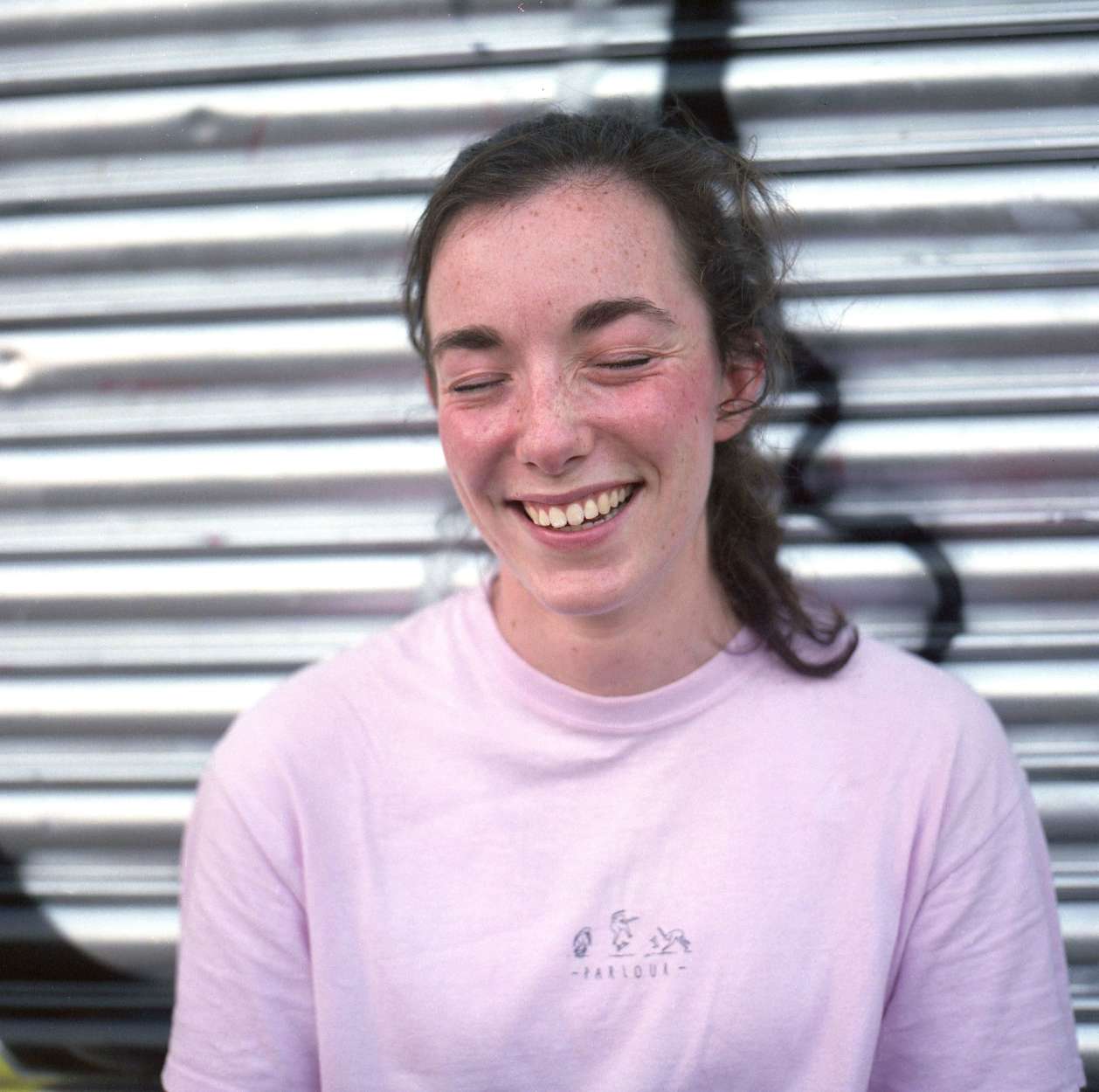
I was most inspired by nine-year-old Lola (above) and her energy. Just before our shoot, she had shaved her head to raise money for kids with cancer. Her parents drove for five hours to meet me, and I felt honored that they believed in my work so much so that they wanted me to meet their daughter.
During my time in London, I told them about an all-girls skate contest in San Diego called Exposure. In November, they flew Lola out and she ended up getting seventh place. I was blown away by the fact that I made some kind of impact on this family.

That trip was really meaningful for me. While there are a handful of women there who work with big skateboard brands, the atmosphere still remains different from that of America. The skaters in London are doing it because of the community and the feeling of being alive. They had created something that I was missing here in Los Angeles. Taking it into my own hands was the best thing I could have done.
“All I could ask for is that I can impact someone in a positive way”

I came back from that trip with a large portfolio and I decided to book my first solo show. For me, the most fulfilling thing is to not hold on to these images on a computer or in my binder of negatives. Instead, releasing them is almost therapeutic.
It still influences me to see artists come into the gallery and do the same thing. It’s about utilizing the space and presenting your work in the way that you see it and believe in it.

It’s still crazy to me that I have a large audience of people who have seen my work. I know I am doing something meaningful when it’s no longer just for myself. All I could ask for is that I can impact someone in a positive way, even if indirectly.
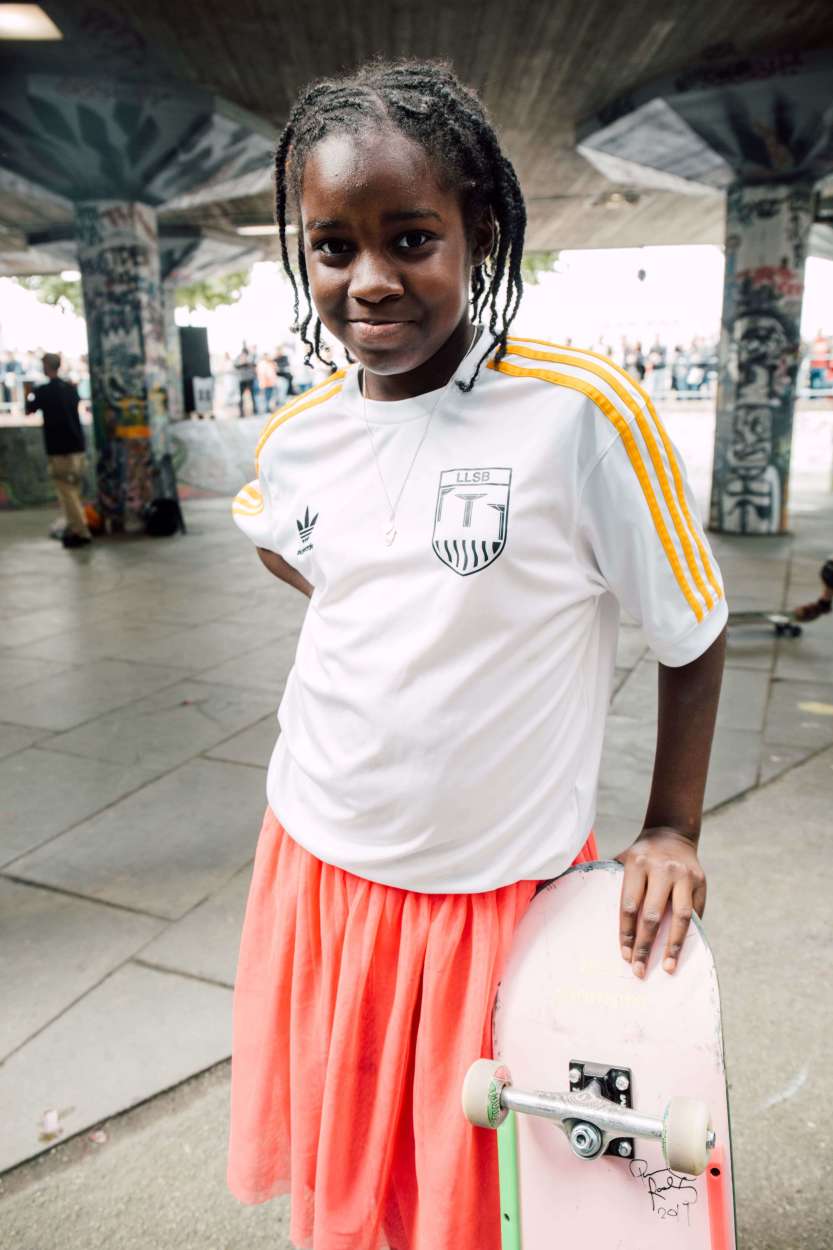
Join our new Mission to win a signed print and a one on one Q&A session with Zorah! Submit your entry here.
Want to see more of Zorah’s outstanding photography portfolio? Take a look at her website here, or follow her Instagram.
